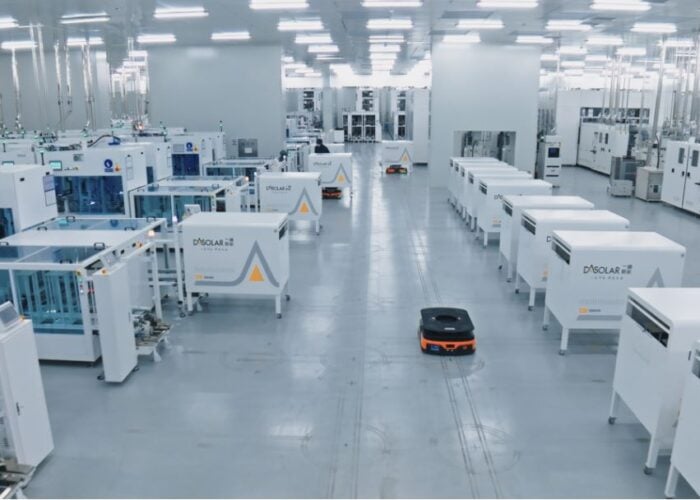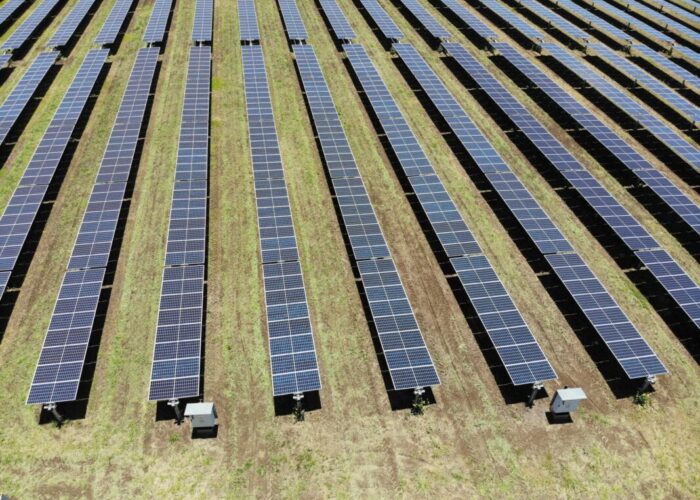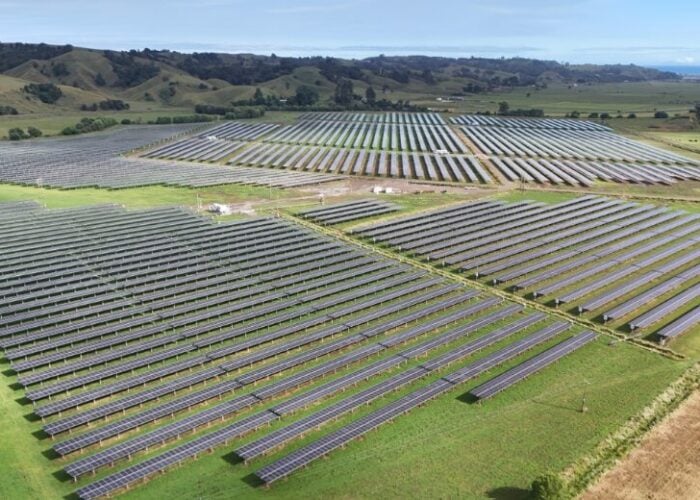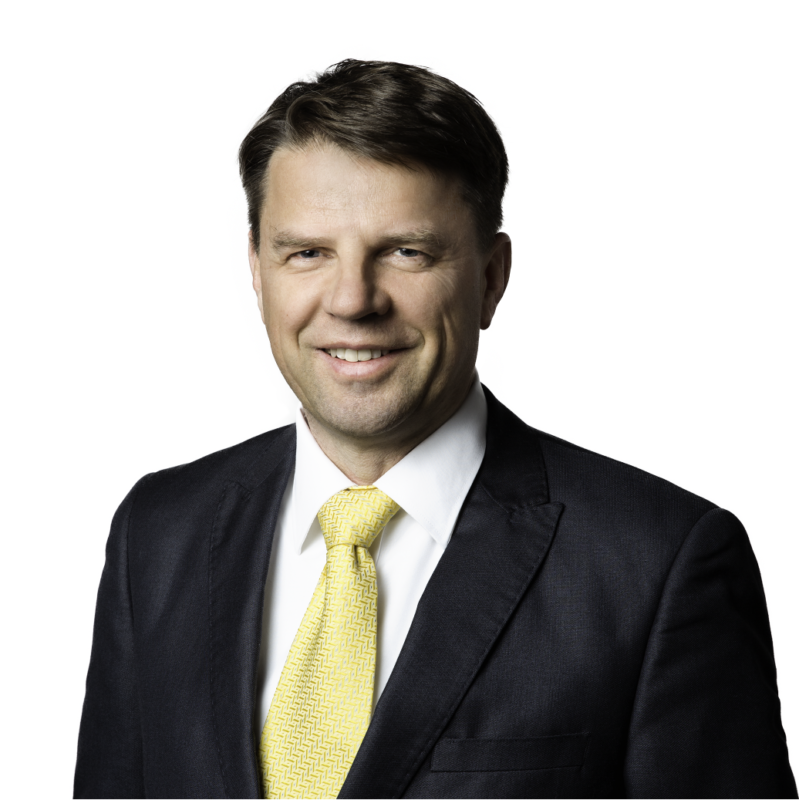
Module technology is offering utility solar developers more choice than ever. Frank Faller, VP of technology at 8minutenergy talks to Lauren Cook ahead of his presentation at our PV ModuleTech 2018 event in Penang on 23-24 October.
PV Tech: Thanks for taking the time to speak to PV Tech ahead of PV ModuleTech 2018. Before we look at some of the issues regarding PV modules for utility solar going into 2019, can you provide a quick update on what’s new at 8minutenergy and how things have been going so far in 2018?
Try Premium for just $1
- Full premium access for the first month at only $1
- Converts to an annual rate after 30 days unless cancelled
- Cancel anytime during the trial period
Premium Benefits
- Expert industry analysis and interviews
- Digital access to PV Tech Power journal
- Exclusive event discounts
Or get the full Premium subscription right away
Or continue reading this article for free
Frank Faller: First, thanks very much for the opportunity. As you might know, 8minutenergy has been growing its business, and expanding its utility-scale pipeline – currently consisting of 7.5GW of solar PV, and 1GW of storage. Our heritage is in California, where we have 800MW of operating projects, and now we’re expanding across the United States into the Southwest, Texas, and the Southeast. 8minutenergy is also very focused on lowering the cost of dispatchable solar, so we’re proud to have set some recent industry milestones in that regard. We announced the lowest cost solar project in the nation this summer, the 420MWdc Eagle Shadow Mountain project in Nevada, which follows on the heels of the Springbok 2 project – one of the first operational projects ever to beat fossil fuel prices.
PV Tech: Several factors appear to be impacting the US utility segment now, when looking at module supply. First, we have the fall-out of Section 201, and what this means for module supply duties once the 2017 stockpiling inventory is worked through. Also we have the changes in module technologies in a market that was heavily reliant on 72-cell multi modules until now. So, on the first issue, have we seen the post-201 stockpile of modules largely worked through in the US so far?
FF: We have a different strategy than maybe some other developers since we’re technology agnostic, and can choose top-quality modules based on project specifications and our sourcing requirements. We can’t comment on the supply constraints from various manufacturers, but we haven’t had an issue to date procuring top-tier panels for our projects.
PV Tech: Returning to the technology issue. You’ve been attending the PV CellTech events also in the past few years. By focusing on the emerging cell concepts going into mass production, are we now simply seeing the module supply – namely mono-PERC – reflecting what we expected in the past few years when looking at cell production trends?
FF: Yes, we see mono PERC increasingly being offered for utility-scale projects, but not exclusively. Most, if not all, large module manufacturers have a mono PERC panel series, often already combined with other enhancing technologies, such as half-cell, increased number of bus-bars or multi-wire, glass-glass, or bifacial. The landscape for purchasing modules has become quite a bit more complex.
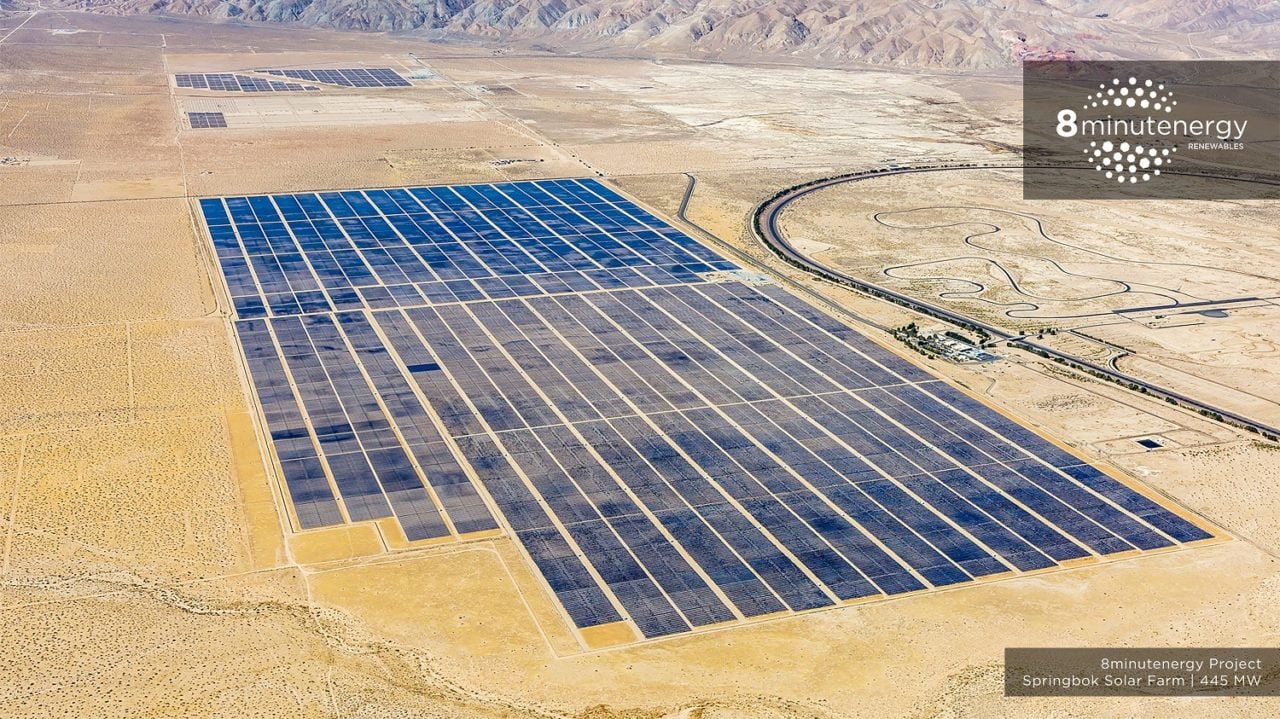
PV Tech: The efficiency gains are well known when moving from multi panels to mono-PERC. But what does this enable for utility solar, over and above using higher power modules?
FF: While module power is a strong driver to bring down the levelized cost of electricity, it is not the only one. Our calculations often show mono-PERC in the lead, providing the lowest LCOE for certain projects, but in most cases, that’s closely followed and sometimes surpassed by non-PERC, multi-Si, or thin-film technologies. Technically, one would expect a higher gain from a PERC panel, despite certain degradation modes that may be more prevalent in PERC than in other technologies.
In addition, the PV system design changes and expected balance-of-system cost reductions when using higher power panels can be quite complex. We are continuously improving our models to account for that, working with our proprietary tools, as well as commercial modelling software.
PV Tech: The module buzzword of today is certainly bifacial, and almost everyone has an opinion! Where do you see the opportunities and challenges right now for bifacial modules being used on large-scale utility power plants? Is there always going to be a degree of hand-waving, given the dependency on the terrain always having unknown reflectivity characteristics?
FF: While the potential benefit of bifacial modules is obvious, there are certainly many challenges facing the industry as well. First, the future revenue expectations must be predictable to the developer or PV plant owner, which means the energy output must be calculable. Yet, the modelling uncertainties of the added energy yield from bifacial panels continue to exist, including determination of albedo, back side spectrum, effects of shading, row spacing, mismatch, cell degradation, etc. Also, we are still missing the industry standard to determine nameplate power ratings for bifacials – that’s the IEC 60904 standard, expected to be announced in January 2019.
That said, with every year passing, and more bifacial plants coming online, field data will support the computer models, and eventually, bifacial gains will become more reliable and predictable. It’s not surprising that bifacial [projects] will likely become common-place.
PV Tech: Module supply is of course not all about mono-PERC bifacial availability. What are the other module concepts are you closely looking at for sites?
FF: As mentioned previously, 8minutenergy is technology agnostic, and we are “technology-forward”, which means we are constantly monitoring innovations and technology advancements. We do a lot of engineering, modelling, testing and tracking in-house, including at various stages of product conception and maturity. The current technologies of interest, outside of bifacial, of course, are multi-busbar/multi-wire, shingled cell, n-type, hetero-junction, backside-contact cells, just to name a few. Other technologies, such as efficiency-enhancing Perovskite layers, are also interesting to us even though they have a more uncertain timing for market impact.
PV Tech: And finally, are there any key messages you hope to raise during your presentation at PV ModuleTech 2018 on 23-24 October in Penang that you’d like to be answered during the two days of the event?
FF: Over the past 20 years of solar evolution we have witnessed an incredible journey of success, with wide-spread deployments soon to reach the terawatt level. What began with pioneering homeowners now has the attention of utilities who are operating regional or even national electric grids.
The remarkable adoption curve of solar has brought with it a radical price decline, with module costs now enabling our industry to handily compete against – and beat – all fossil fuels. In my presentation, I’d like to talk about the juncture that we’re facing between technology innovation and quality standards. We are currently seeing a wave of technical innovations hitting the market, presenting us with a multitude of module options and manufacturers. The entire PV community must continue to intensify its good work to move technology forward while maintaining, if not improving, the quality and useful life of panels. There is heightened emphasis on independent engineering firms, which are instrumental in securing the necessary high-quality standards in a business where products need to perform for 30 years or more.


